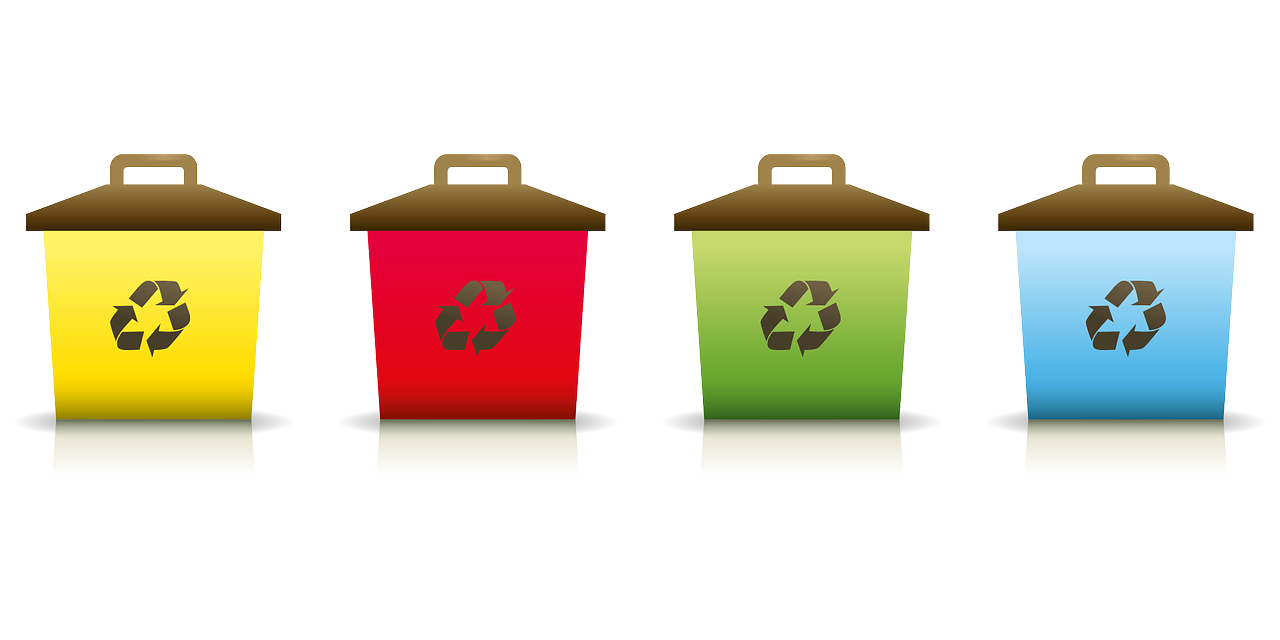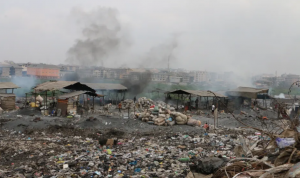The continuous generation of waste and litter such as plastics, nylon, electronics and Styrofoam have become a huge environmental problem in our cities. Overflowing landfills, surface and groundwater pollution, land degradation and loss of biodiversity are some of the environmental consequences of mismanaged waste in our society. Recent studies clearly highlight both government and Private sector’s struggle to keep pace with the growing waste streams. They lack timely development of effective policies and strategies. Hence the emphasis for active participation of the public.
In a recent report, Lagos, Nigeria was shown as having one of the highest municipal waste collection rate of 95%. The same report also reveals that waste sent to landfills contains 80-90% recyclables, which could be secondary raw materials for industries; 57% of the waste sent to landfills are organic waste, which could also be useful resource for the energy and agricultural sectors. Waste are resources that can create jobs, develop industries and contribute positively to our economy. However, until waste is sorted, separated into its individual materials, it is of little value (ISWA 2017). Proper sorting and handling of waste will help maximize the benefits of recycling and reuse. Hence, the first stage of the recycling process is to separate the materials into different categories, primarily at the point of generation. This is the job of waste generator. The success story of Sweden as a waste management model is in part due to Source Separation of Waste (SSW) from households to businesses.
Waste can be separated into several categories of waste streams, depending on the recycling facilities available. However, one of the basic and important rule of waste separation is to separate dry and wet materials. The simplest method of separation is to keep food waste separate from the remaining materials so that the food waste can become compost or used to make biogas. Other materials like glass materials, plastics, metals, paper/cardboards can be sorted according to available recycling facilities. In Lagos, there are recyclers for batteries, plastics (PET & HDPE), papers and cardboards, metals, electronics and glass waste streams.
Source separation of waste will enable recyclers and waste managers in resource recovery. The processed waste can replace virgin materials in the manufacture of new products, and removing them from the waste stream reduces the amount of waste sent to final treatment or landfill (ISWA 2017). The African Union (AU) has set an ambitious aspiration that “African cities will be recycling at least 50% of the waste it generates by 2023”. If that happens, our landfills will likely receive 38-40% less waste, less area of land used, less GHG emissions, less odour, less pollution of groundwater and surface water resource, and less exposure of surrounding settlements to disease vectors and agents. In addition to the environmental benefits, separation of waste at the source will help maximize other economic and social benefits of recycling such as creating jobs, addressing unemployment, strengthen and grow local manufacturing. Diverting waste away from the dumpsites and landfills could inject an additional US$8billion every year into the African economy (UNEP 2018).
Practicing proper waste separation at the source is the first step in the waste management process. It shows a sense of individual responsibility that encourages active participation and ensures a cleaner environment and better quality of life.






